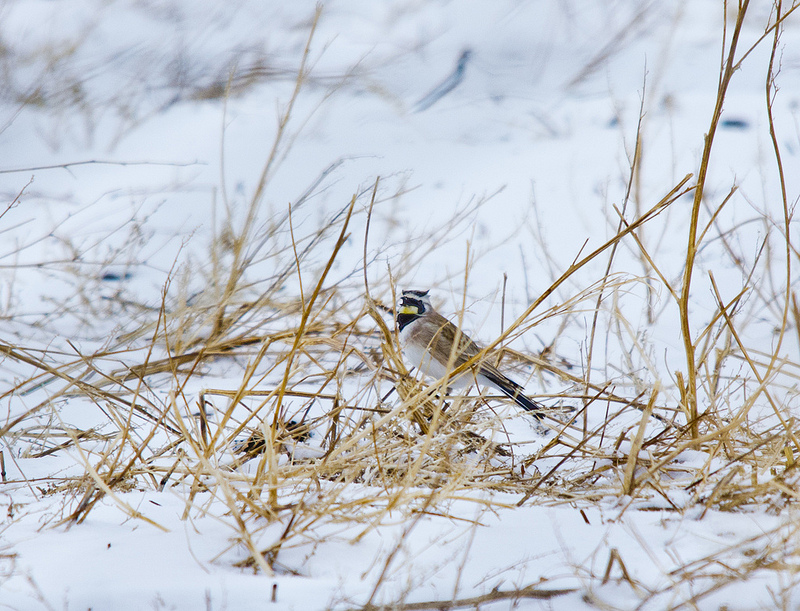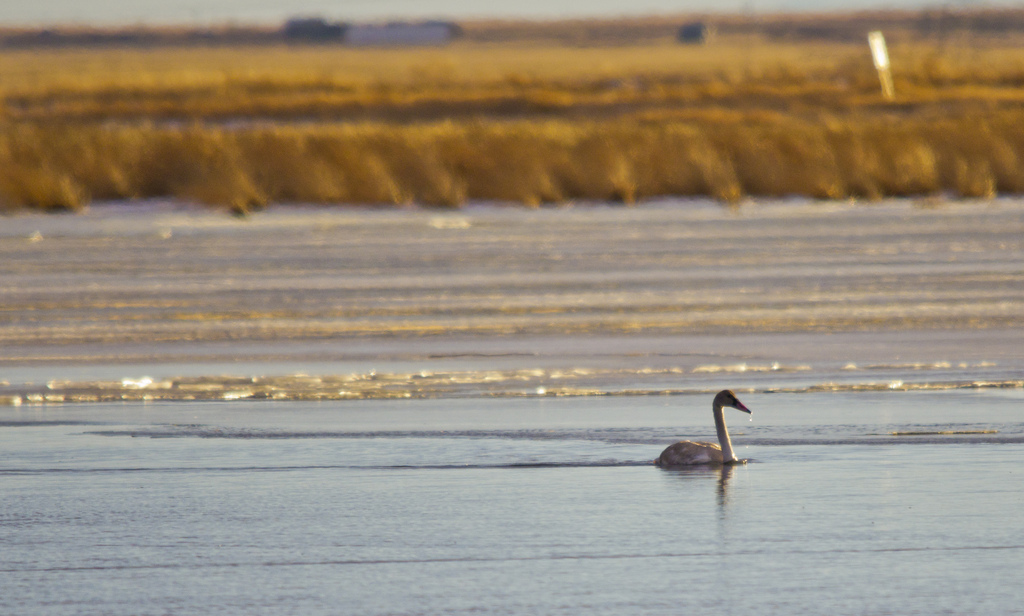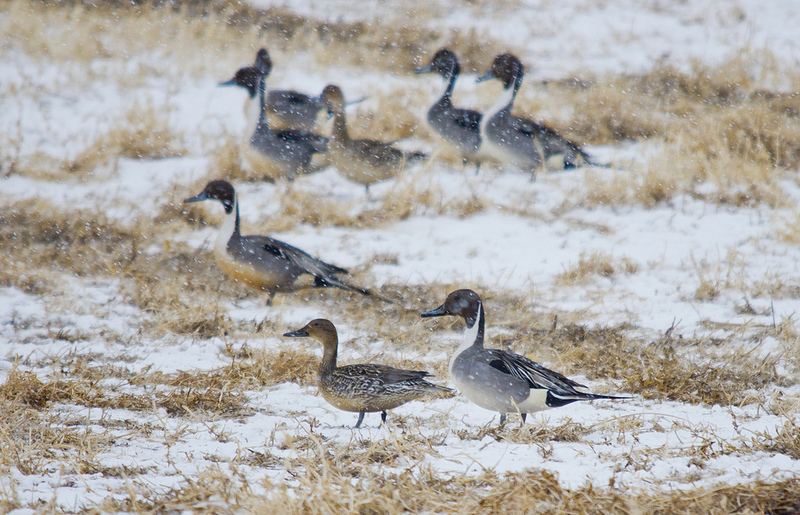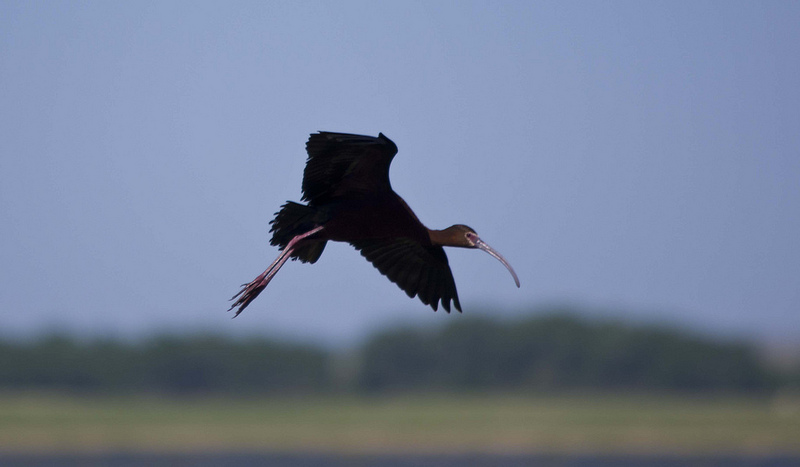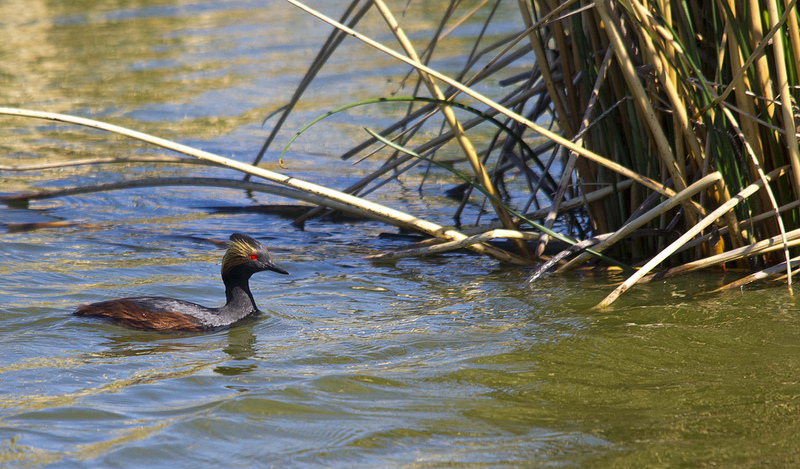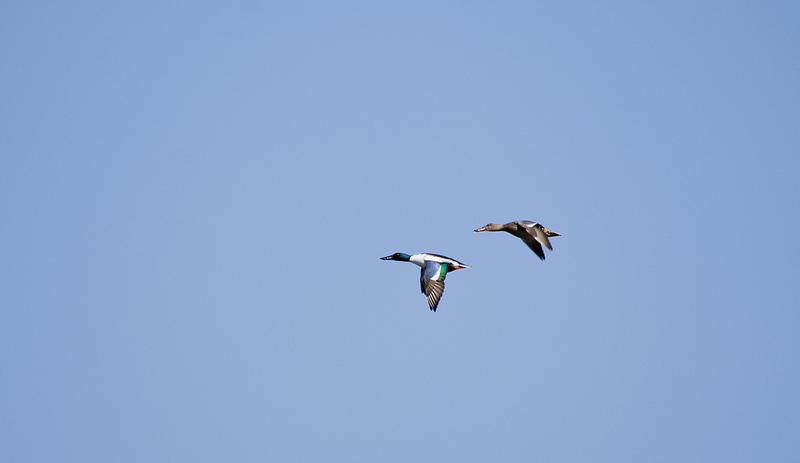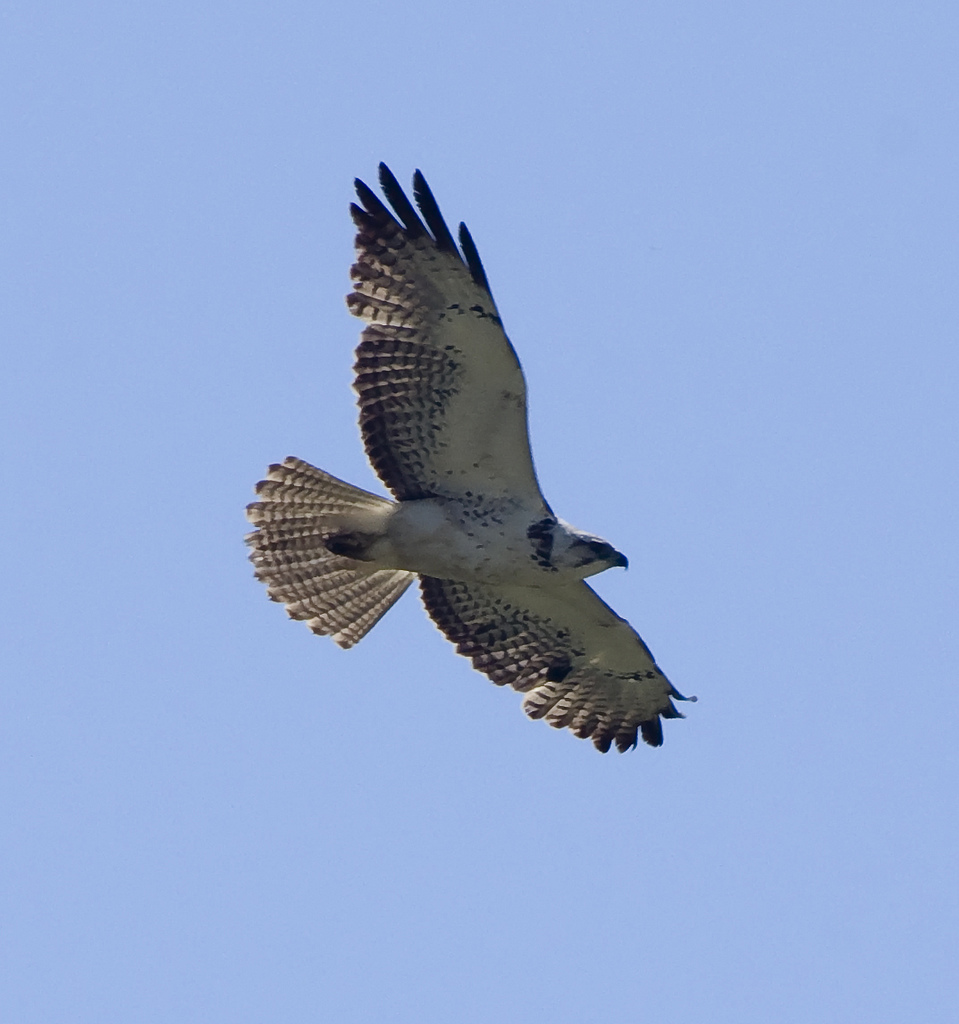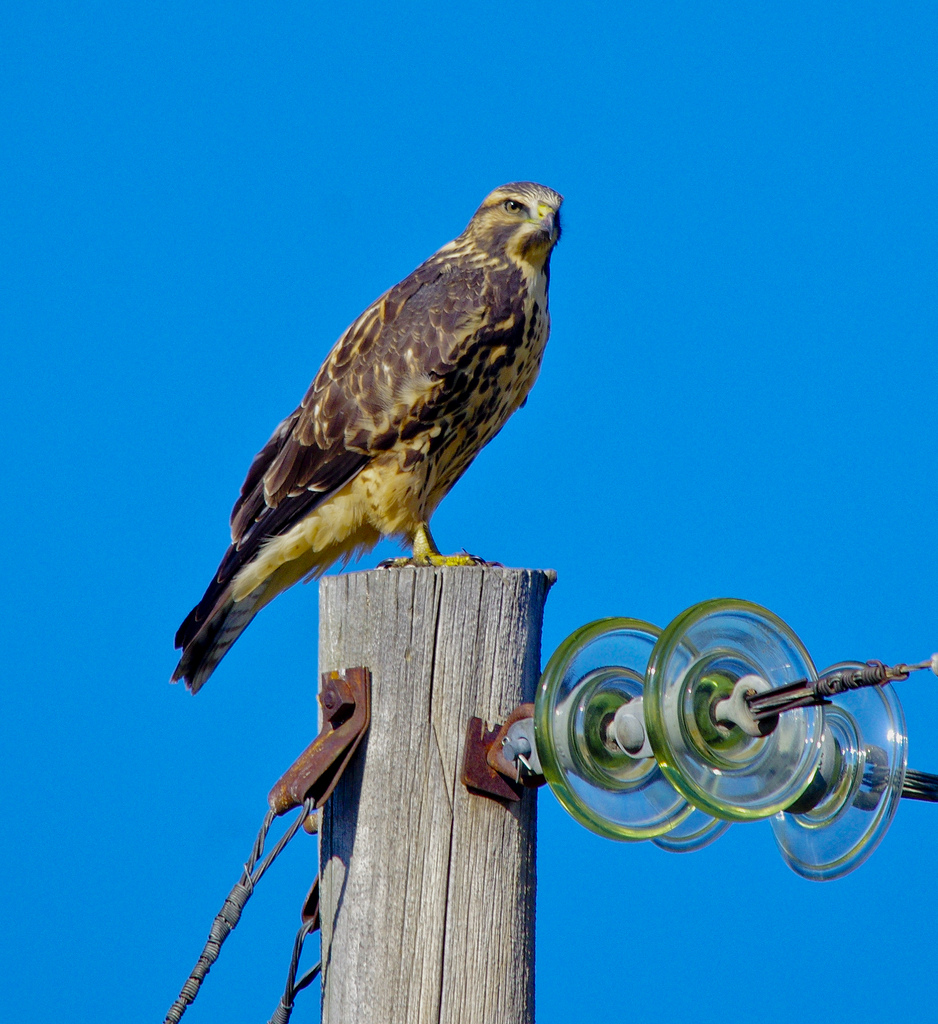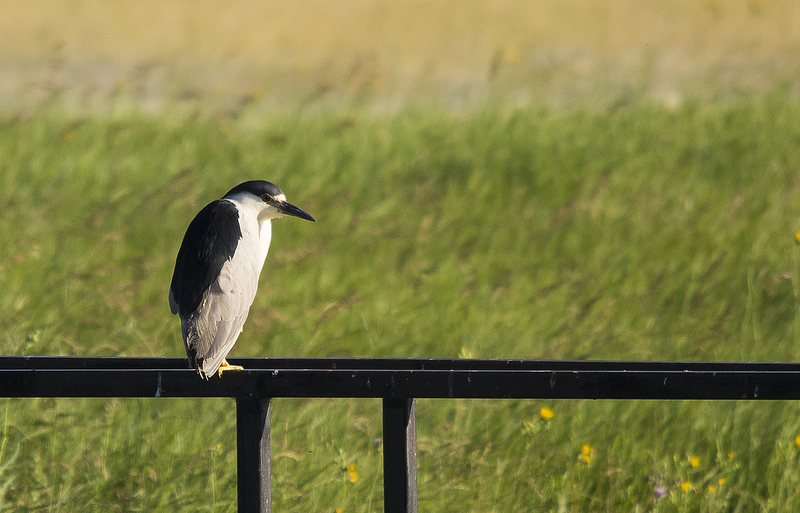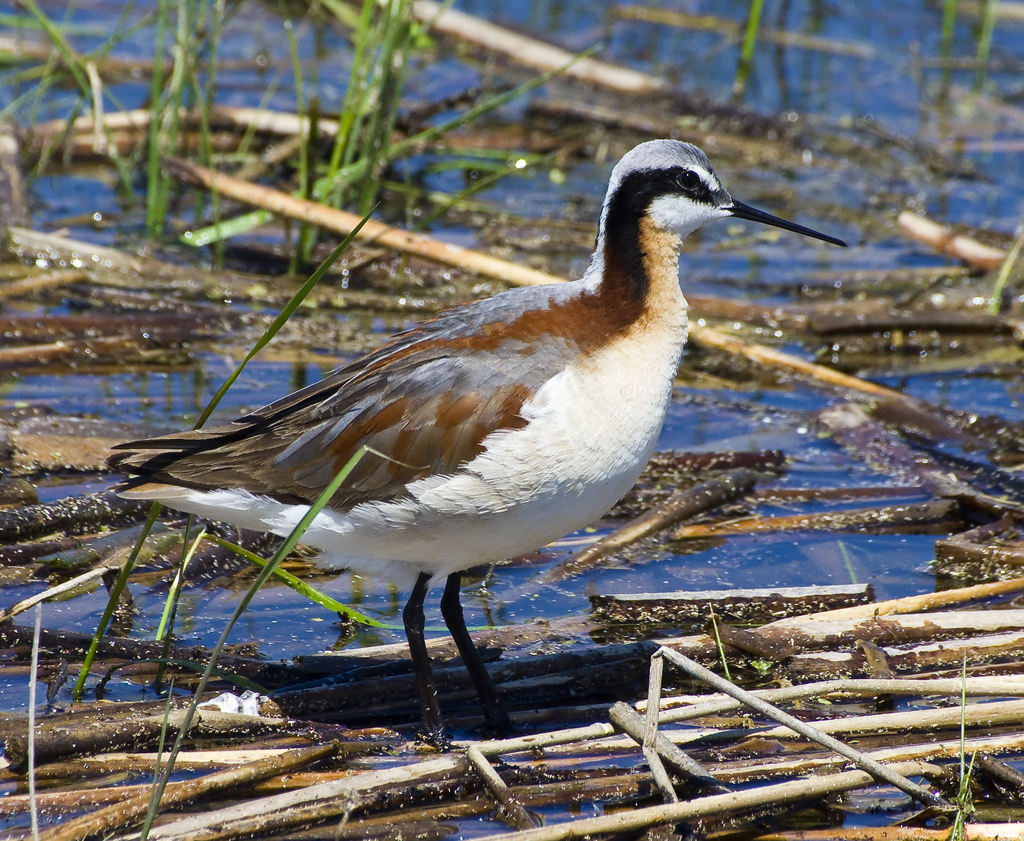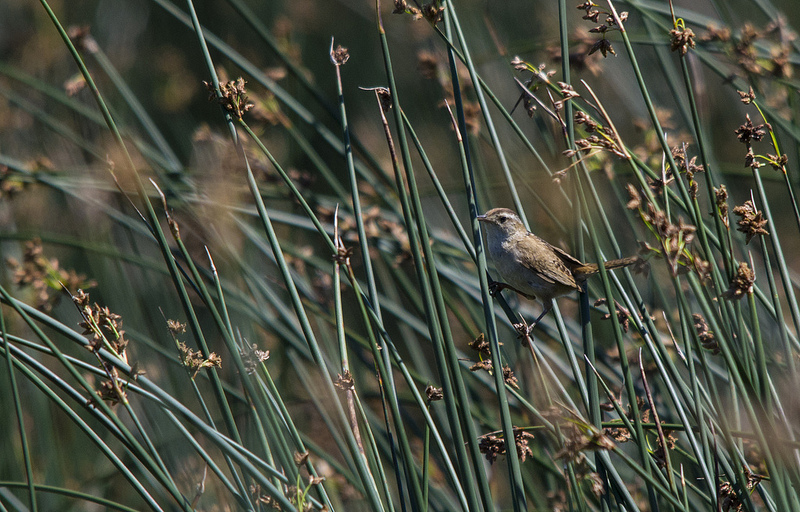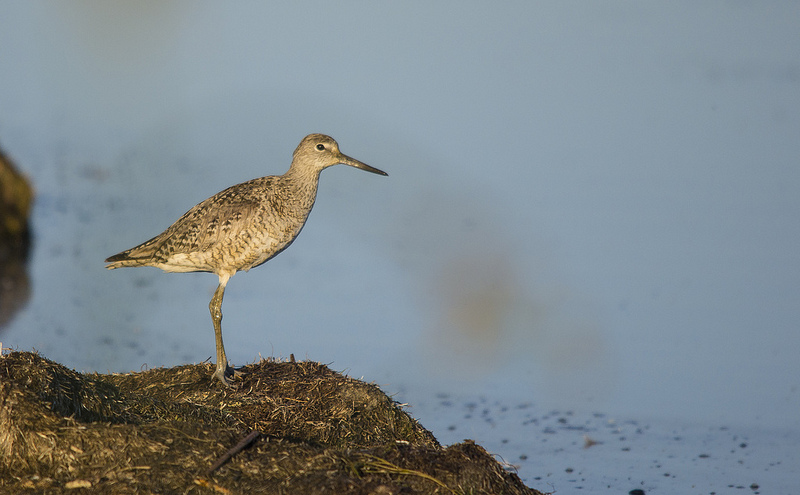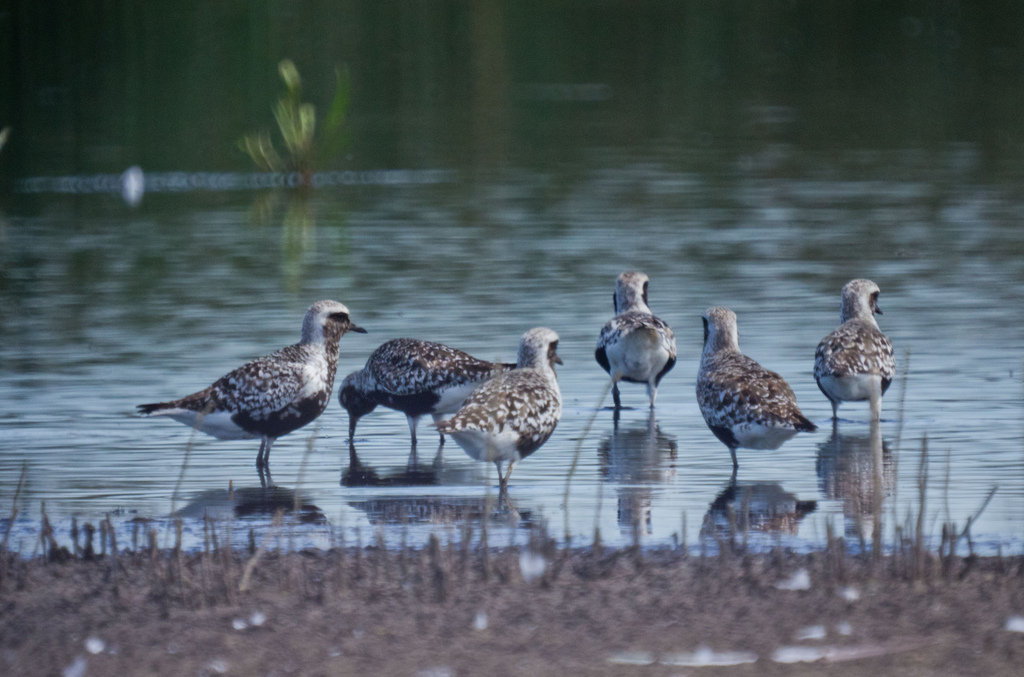As you no doubt have realized by now, not only do I love shorebirds, but I also love Frank Lake. Today’s post is here to highlight not only the photos that I’ve taken at Frank Lake already this year, but also some areas that may be a little bit less familiar to the visitors to the Ducks Unlimited Protected Wetland just 50km SE of Calgary.
Of course everyone knows what great shots you can get just sitting at the established viewing blind, or on the mudflats around the parking loop at the end of the road at the main basin. For instance, Ruddy Ducks, Eared Grebes, and even Western Grebes can be regularly seen within a few meters of the main blind.
There are a couple of other places along the main access road that are good for shorebirds, Common Yellowthroat, White-faced Ibis, and even Black-crowned Night Herons. The first, labelled (1) on the map, is just east of the water inflow canal. The nutrients in the water provide a huge volume of nutrients in suspension to feed insects, plants, algae, and even shorebirds who eat small particulate food. Here are a few of the species that can often be found at this location in the summer.

Long-billed Dowitchers
Frank Lake – September 12, 2013
Pentax K-5 + Sigma 150-500 + Tamron 1.4x Teleconverter
1/1000sec., ƒ/6.3, ISO 400

Common Yellowthroat
Frank Lake – September 12, 2013
Pentax K-5 + Sigma 150-500 + Tamron 1.4x Teleconverter
1/500sec., ƒ/6.3, ISO 500

American Avocets
Frank Lake – September 12, 2013
Pentax K-5 + Sigma 150-500 + Tamron 1.4x Teleconverter
1/1000sec., ƒ/6.3, ISO 400
These are just a few of the areas off the beaten path at Frank Lake. With waterfowl hunting season opening on September 8, and the main gate being locked, there are a few other access points at Frank Lake that might be a bit better for drive-up birding. Check in next week for part 2 of this series on Frank Lake!







